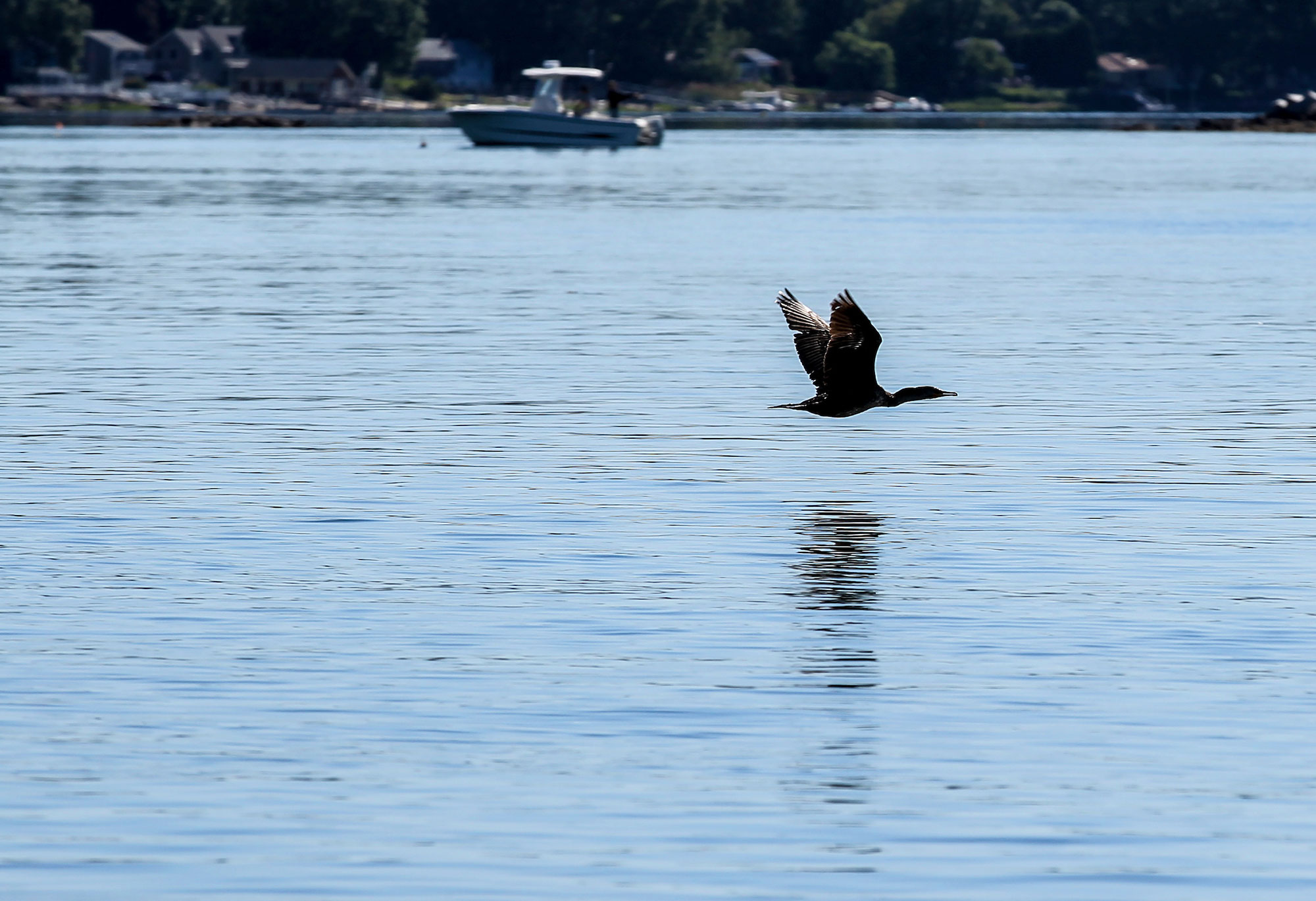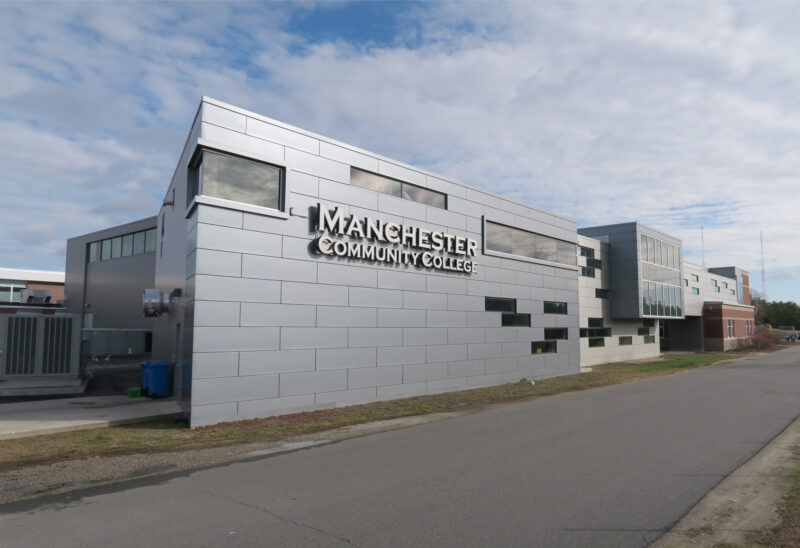Estuaries — places where fresh water from rivers mixes with salt water from the sea — are some of the most important ecosystems on the planet. They are critical ‘edge’ habitats, sitting at the junction of two much larger ecosystems — ocean and land. And they are particularly susceptible to human and natural stresses related to population growth, land use and climate change.
New Hampshire has one of the smallest coastlines of any coastal state in the country. Yet that coastline contains two of the most important estuaries on the Eastern Seaboard: the Great Bay/Little Bay/Piscataqua River estuary, and the Seabrook estuary. The health of these estuaries is a key indicator of the region’s overall environmental quality.
A recent report documents the health of New Hampshire’s estuaries. The news is mixed.
“The State of our Estuaries,” prepared by the Piscataqua Region Estuaries Partnership suggests that while overall estuary health is declining, there are some positive trends — and, importantly, that there is still time to reverse the decline. The report contains specific recommendations for citizens and policy makers for improving water quality, limiting pollution, conserving nearby land, and increasing public education about these important ecosystems. Opportunities for action are documented in a “Citizens’ Guide,” and a “Municipal Guide.”
The Charitable Foundation makes about $6 million in grants each year to help ensure that New Hampshire’s environmental resources are protected and accessible for the benefit of all. Grants are made possible by the generosity of New Hampshire people who care about the environment.
The Foundation is making key investments to support PREP’s recommended actions. Foundation staff helped convene nonprofit and agency partners to develop “Great Bay 2020,” a blueprint for action that fits seamlessly into the broader PREP goals. Thanks to generous donors who have been very much engaged in efforts to protect Great Bay, the Foundation is providing grants to support conservation of critical lands, reintroduction of oyster beds, removal of dams and other impediments to prevent fish migration, education for school children about estuary ecosystems and promotion of volunteer stewardship of conserved lands, trails and open spaces. We made a significant loan from our Impact Investment program to support fisheries restoration in the Gulf of Maine and help boost stocks of fish that spend part of their life cycle in our estuaries.
The Foundation is planning to continue to support the protection and restoration of New Hampshire’s estuaries in the coming years.












![Rev. Heidi Carrington Heath joined Seacoast Outright. [Photo by Cheryl Senter]](https://www.nhcf.org/wp-content/uploads/2024/05/Heidi-Carrington-Thumbnail-800x548.jpg)
![Dr. Jennie Hennigar treats a patient at the Tamworth Dental Center [Photo by Cheryl Senter]](https://www.nhcf.org/wp-content/uploads/2024/05/TCCAP-Hero-800x548.jpg)

